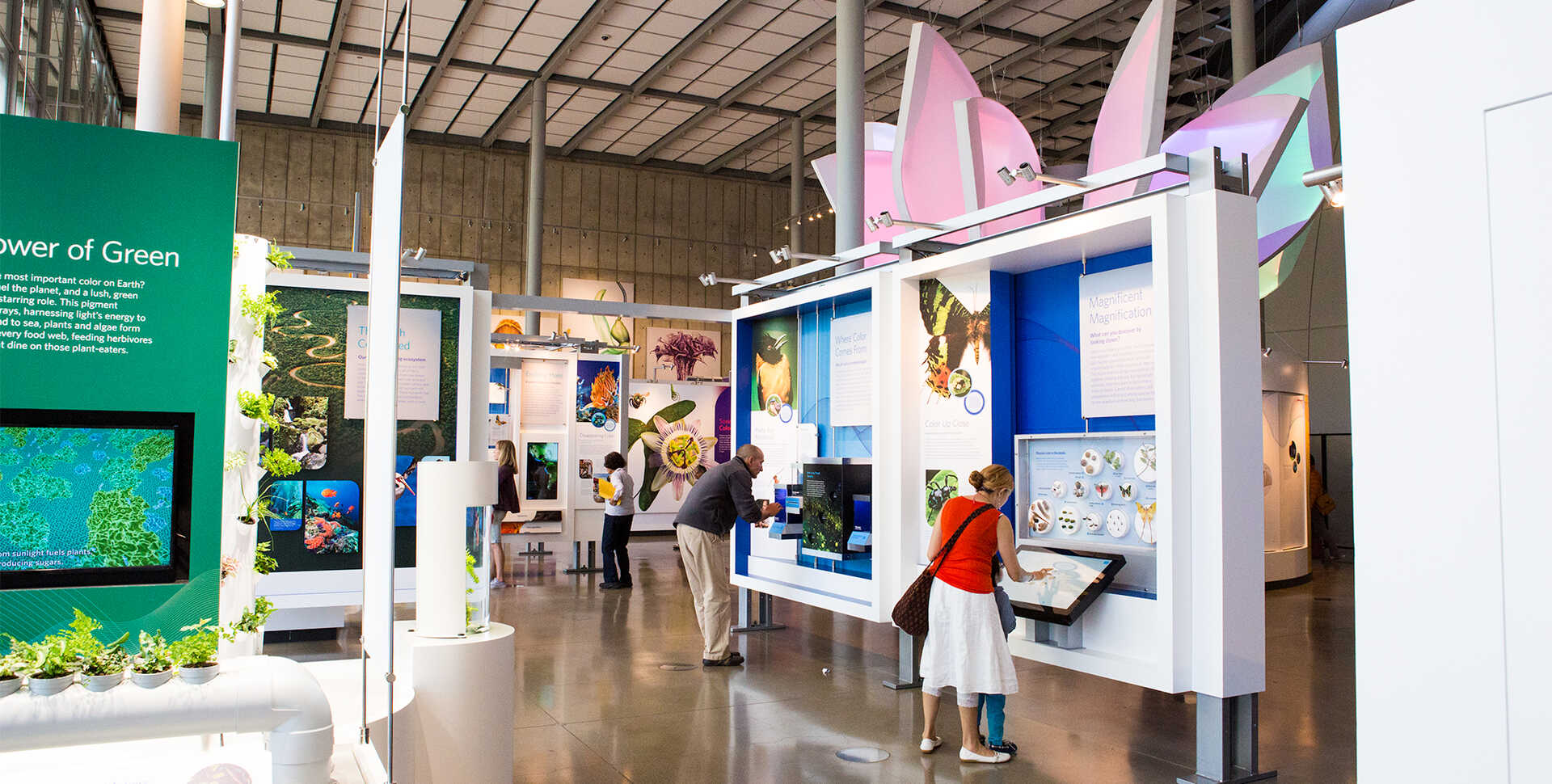This is to show how to mount a projection or other rather large diameter lens. The front adapter can be changed, as well as rear camera mount (can be basically any camera).
Remark: This is mainly intended to test and use a variety of lenses and not does not replace a full conversion of such a lens (adding iris, focusing, camera mount), as it allows to switch lenses in seconds using an Allen wrench.
Works from infinity (depending on lens back focal length) to very closeup. Setscrews allow to calibrate the infinity position. The basic idea is to allow the lens to "dive into" the larger helicoid, hence quite a short optical length can be achieved using such a contraption, also for lenses with shorter focal and back focal length.
To determine the length of the needed helicoid may be found
here on my site.
Lens --> Lens Adapter to M65 --> M65 to M42 (or M65) Helicoid --> M42 (or M65) to Camera mount Adapter
It is not a slim elegant and lightweight solution, but the benefits are:
- no lens modification needed
- non rotating front for sunshade/filter (needs additional clamp holder)
- accepts a variety of lens types and lens diameters, switch within seconds
- mount may hold ND filter (better in front though using variable ND filter) or an adjustable iris
- allows a variety of camera mounts (M42, Nikon-F, Nikon-Z soon, Sony-E, Canon EF, m4/3, Hasselblad V, Mamiya 645, Fuji GFX etc.)
- needs only about 15mm net optical length (plus camera register) for lens diameter 62.5mm or smaller
- safes money and time for not having to go to the gym, as it is quite heavy :-)
The design was originally made to accept 35mm russian film projection lenses with a standard 62.5mm diameter.
Smaller ones (52.5mm etc.) are fitted using a different front ring, also some larger ones can be fitted, but infinity focus
may often not be reached using the latter, as such lenses then cannot dive into the helicoid; but longer focal lengths usually work.
Those two adapter rings (front and back) are made by Rafcamera.com based on my design.
Front one has three hex nut setscrews which hold the lens in place and allows to adjust infinity focus (if the lens has enough back focal length). Rafcamera offers several camera adapter rings for the rear, incl. Nikon-F, Nikon-Z soon, Sony-E, m4/3, Hasselblad, Mamiya 645 etc. Orders may be done directly through their site
Rafcamera.com or through
amazon.com or
ebay.com (I have no affiliation with Rafcamera except that I'm a happy customer...). That M65 helicoid is made in China and may be found on ebay.
[my name is on the rings shown was a curtesy of rafcamera and is a non standard feature]
I have written about using such helicoids previously
HERE
Stay tuned, more will follow on that fascinating subject...

















































